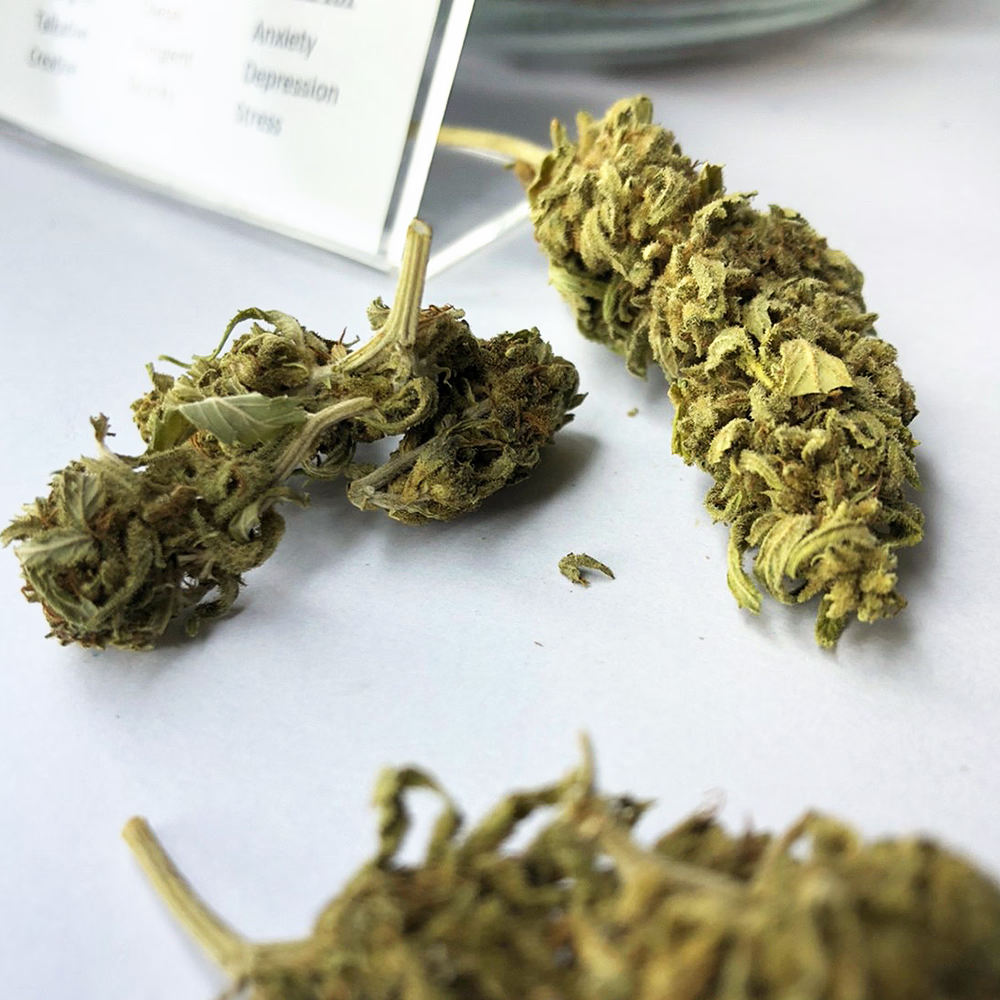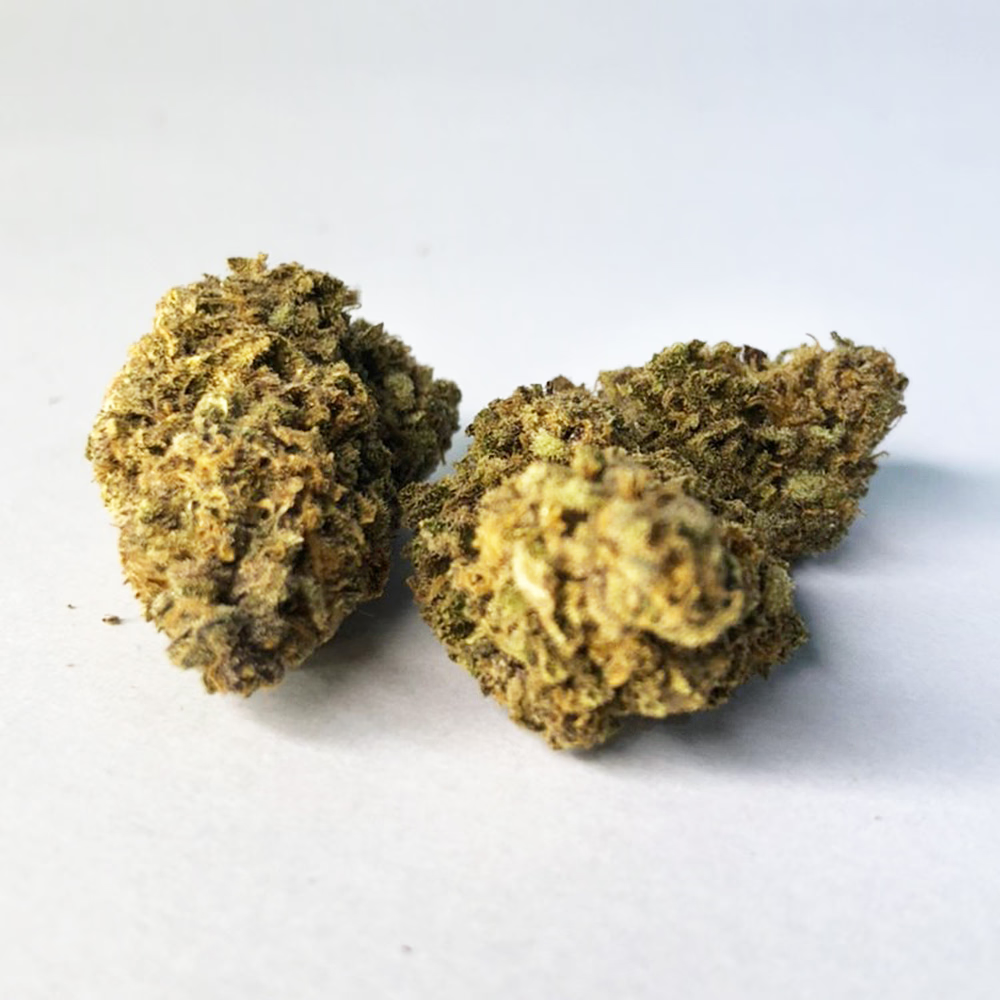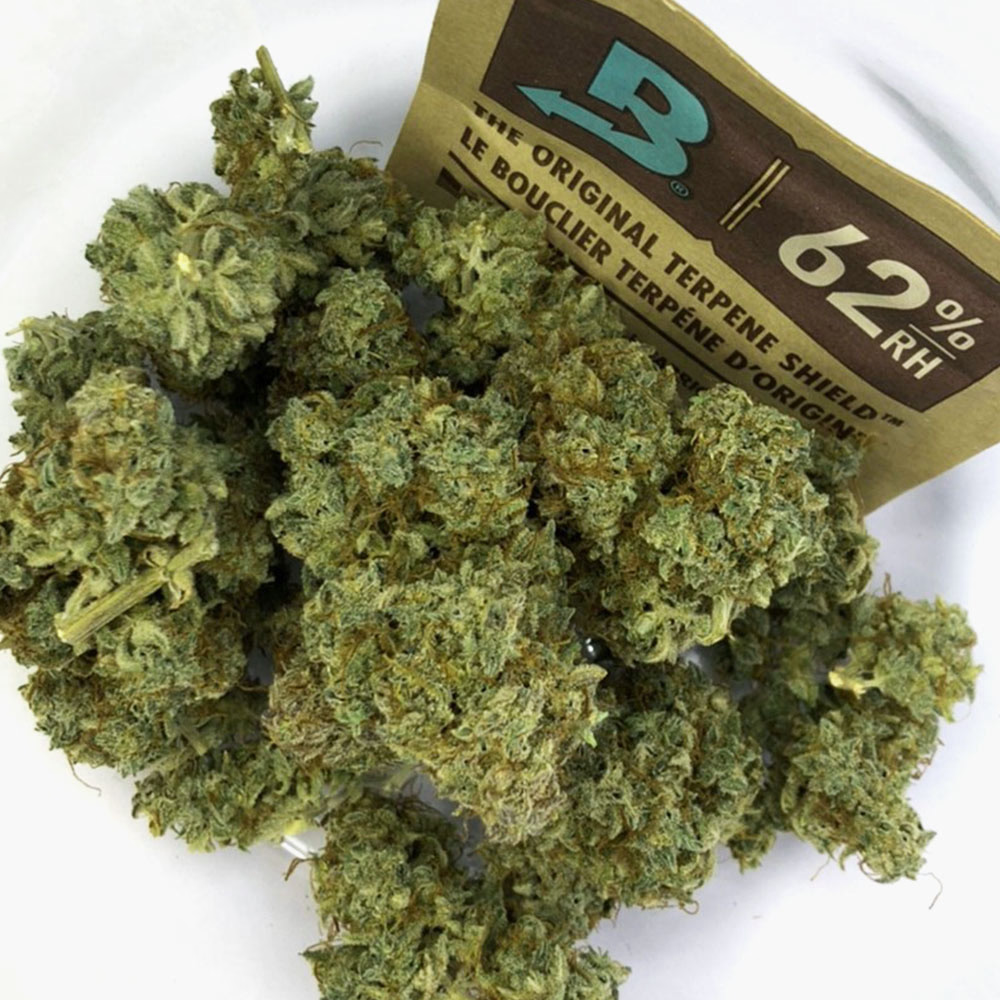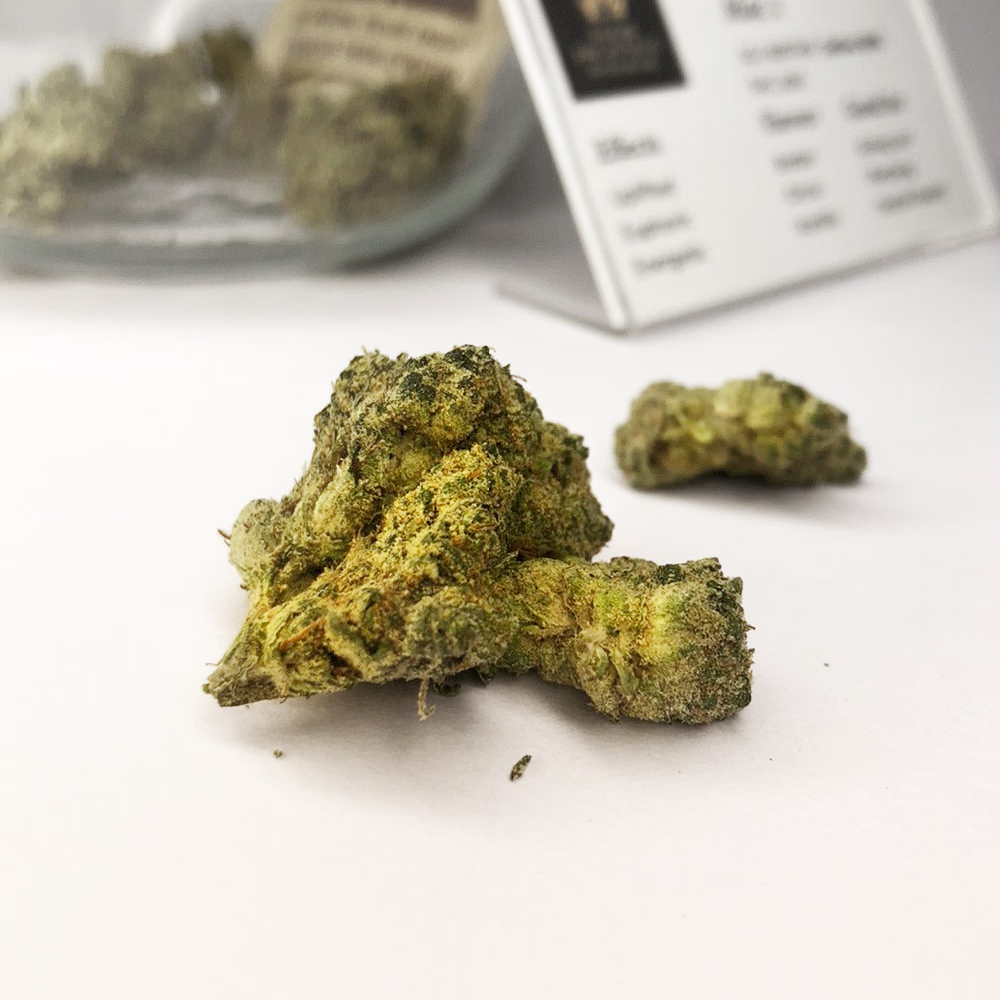Grow Easy Cannabis Automatic Flowering Feminized Seeds
Beginner's Guide to Growing Cannabis from Autoflowering Feminized Seeds.
How to Regulate Temperature and Humidity for Home Cannabis Growing
Typical Issues and Solutions for Growing Autoflowering Feminized Cannabis Plants Indoors
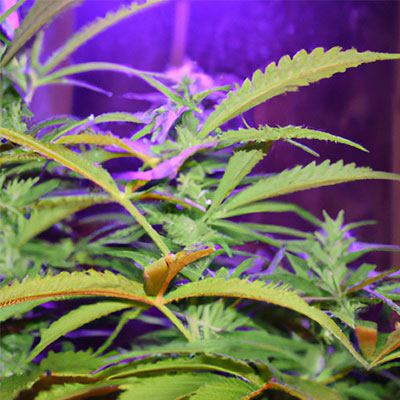
In recent years, home cannabis cultivation has grown in popularity as more and more people have started to understand the advantages of having access to their supply.
Growing marijuana might be surprisingly simple if you have the appropriate information and tools. Using automated feminized blooming seeds is one of the most significant ways to guarantee a successful crop.
Automatic feminized flowering seeds are intentionally engineered to almost always result in female plants that bloom on their own without your help. Because they don't need to bother about sexing the plants or eliminating male plants before they begin to produce pollen, they are ideal for novice growers who seek a more straightforward way to harvest high-quality buds.
Automatic feminized flowers are excellent for people with limited growing space or time because fewer plants require less general pruning and upkeep.
Beginner's Guide to Growing Cannabis from Autoflowering Feminized Seeds.
Growing marijuana from feminized autoflowering seeds is gradually gaining popularity as a hobby among growers. Compared to conventional cannabis seeds, autoflowering feminized seeds provide easy, the rapid growth of plants with better yields and potency. This beginner's guide will give you the honest advice and techniques required to cultivate healthy, top-notch cannabis from autoflowering feminized seeds, whether you're just getting started or looking to improve your current growing setup.
Have a Basic Understanding of Autoflowering & Feminized Seeds: It's crucial to comprehend these particular seed kinds before starting to grow from autoflowers. The fact that autoflowering strains don't require a light cycle change to mature, unlike conventional photoperiod (regular) strains, makes them the best choice for novice growers because they require less care during their growth cycles.
Additionally, in an outdoor setting, feminizing aids in reducing male plants so that only female blooms can be collected (and smoked). Additionally, it prohibits crossbreeding between strains, which could reduce agricultural yields or lead to unfavorable outcomes.
Pick Your Strain: There are many alternatives available nowadays when choosing a strain for an auto-feminized to grow, including indica-dominant hybrids, sativa-dominant hybrids, and even pure landrace genetics like Afghan Kush or Purple Haze! It's crucial to select a strain that meets your requirements.
For example, if you want bigger buds, look for indica strains, which frequently produce heavier flower sets. In contrast, sativas typically have longer flowering times but may have more stimulating effects when smoked due to their higher THC content than indicas usually have.
Choose Your Growing Medium: Choosing a proper medium is essential when growing marijuana from feminized autoflowering seeds; novices frequently prefer soil because it is simpler and less expensive than hydroponic systems.
Make sure you research both before deciding which one is best for your particular setup because coco coir has grown in popularity recently because it has better moisture retention than conventional soil mixes while still offering excellent drainage capabilities and some extra nutrients required by autos during their short life spans.
Know When To Plant & Harvest: Knowing exactly when to plant your seedlings and harvest them once they've matured is one of the most critical aspects of successful auto-flower growth. Depending on the type or strain being grown, three months after germination should be enough time but always check product labels first, just in case.
Additionally, please keep track of each plant's lifecycle via photos or videos so any issues can be easily identified early before they become serious.
Plan Ahead For Water & Nutrient Needs: Since autos don't require as much nitrogen during the vegetative stages as nonautos do, their nutrient requirements are quite different from those of regular photoperiod (nonauto) plants.
Water requirements vary depending on the temperature and humidity of the grow room. Still, a general rule would suggest watering once per day until runoff occurs to ensure adequate amounts of oxygen.
Monitor humidity and temperature, especially around last week's bloom, to ensure ideal conditions and avoid the dreaded bud rot, mold, and other pests and diseases! As previously mentioned, periodic photos and videos will help identify potential issues early and prevent further damage to crops to yield an overall quality experience.
Properly Cure Your Buds After Harvest: After harvesting, the curing procedure starts. Start slowly and gradually increase speed over two weeks until desired results are achieved. When curing is done correctly, the smoke and buds have a smoother flavor. Overall improved smoking experience; drying rooms are set up in a controlled environment with no more than 75% humidity is necessary along with good ventilation, and 12+ hours of darkness period every day is recommended.
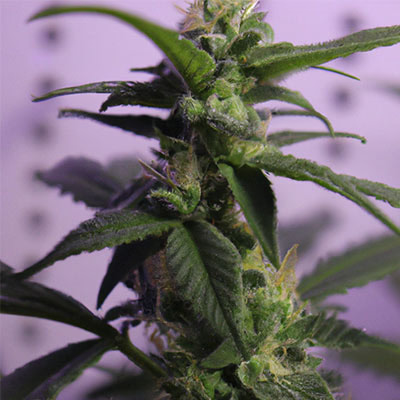
How to Regulate Temperature and Humidity for Home Cannabis Growing
Cannabis cultivation may be a thrilling and gratifying endeavor. But it's crucial to comprehend the subtleties of growing a solid crop. To ensure successful cannabis development, two essential environmental factors—temperature and humidity—must be carefully controlled. We will go over how to control humidity and temperature when growing cannabis indoors in this article.
Watch the Room Temperature: A home grow operation should maintain a room temperature between 68 and 77 degrees Fahrenheit (20 and 25 degrees Celsius). Your plants can thrive in this range without worrying about harm from extremely cold or hot temperatures.
If you don't already have one, you might want to get a thermometer because it will be simpler to regularly check the temperatures in your grow area.
Invest in an Air Conditioner or Heater: Depending on whether the temperature is too high or too low, consider purchasing an air conditioner or heater if the ambient temperature of your grow room exceeds the advised range.
Correct configuration of either device is necessary to maintain temperatures throughout the year within the optimal range; improper setup could do more harm than good!
Use Fans For Cooling: To regulate room temperatures further, you may want to buy some fans in addition to air conditioners/heaters if necessary. Fans help circulate air and cool down overly hot areas of your grow space while preventing stagnant conditions from forming, which can lead to mold growth. Moreover, they are frequently pretty affordable!
Regularly check humidity levels: The ideal relative humidity range for most cannabis plants is between 40 and 60%. It would be best to keep an eye on these levels since too much or too little moisture content may hinder plant growth for various reasons, including root rot or nutrient deficiencies brought on by drought stress, among others. Once more, a hygrometer would be helpful.
If necessary, use dehumidifiers or humidifiers. Controlling RH levels can occasionally be challenging, even with adequate ventilation, depending on where you live and the environment.
In that case, buying a dehumidifier (for high RH) or humidifier (for low RH) may become necessary. Make sure the appliance you choose best meets the requirements of a specific crop species!
Keep A Tight Eye On Relative Humidity Changes During Flowering: RH levels tend to shift dramatically over time as plants reach the flowering stage. Keep a close eye out during this time to swiftly react to abrupt changes to avoid unduly stressing the plants.
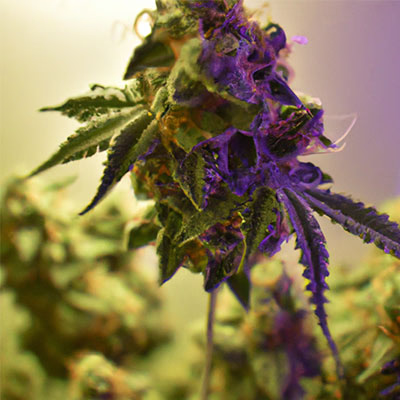
Typical Issues and Solutions for Growing Autoflowering Feminized Cannabis Plants Indoors
Growing marijuana indoors can be a terrific method to guarantee that you always have access to potent, high-quality buds. Because they blossom automatically and don't need as much light manipulation as conventional strains, autoflowering feminized plants are highly appealing. However, cultivating feminized autoflowering plants indoors has typical problems that must be resolved for your harvest to succeed. In this post, we'll look at some of the most frequent problems that come up while growing feminized autoflowering cannabis indoors and talk about fixes so you can get the most out of your indoor grow setup.
Temperature: Autoflowering gendered cannabis should be grown in a temperature range of 68°F to 82°F (20°C to 28°C). Too low or high temperatures will inhibit growth and severely lower yields.
Make sure your grow space is well insulated and has enough airflow to prevent this problem and ensure that temperatures always remain within the ideal range. Cooling fans or air conditioners will also aid in keeping things cool during the hot summer months when the outside temperature rises quickly.
Humidity: Maintaining proper humidity levels is crucial for healthy plant development and preventing rotting buds at harvest time! For autoflowering female cannabis plants, a relative humidity range of 40% to 70% is ideal.
Use a hygrometer to assess your grow area's relative humidity (RH) regularly. If necessary, make adjustments by adding humidifiers or dehumidifiers to the mix as needed.
Light Intensity: To obtain the most bud output out of your autoflowering fems, your lights should always be on an 18/6 schedule, which is 18 hours of light followed by 6 hours of darkness each day.
For the photosynthetic process to proceed effectively and without any glitches, ensure that no large shadows are being cast throughout your growing space due to uneven lighting.
Nutrients & Feedings: It's crucial to feed your auto-flowering fems to their specific nutritional needs so they can access food throughout their life cycle. Generally, sticking with a "grower grade" nutrient line works best here as these tend not to contain too many added salts, which could lead to build-up problems over time if used excessively without proper flushing procedures being done periodically throughout the flowering period as needed (remember this).
Depending on the feeding schedule, you must also ensure that pH levels are regularly checked and kept between 6 and 7. Doing so will assist in guaranteeing that absorption rates are always compelling, which will maximize overall yields and quality when harvest time rolls around.
Pests & Disease Prevention: You should check for pests and diseases like spider mites, white powdery mildew (WPM), etc., daily and take quick action if anything suspicious appears. If possible, remove any affected foliage before liberally spraying the area with neem oil solution as directed by the manufacturer (make sure lights are off before application).
Remember not to let them become overpopulated either, or they will end up eating away beneficial bugs instead, which would ultimately defeat the purpose. Also, consider adding beneficial insects like ladybugs and praying mantises into the equation, which naturally prey upon common pests found in indoor grows, such as aphids & thrip, quite effectively when present population numbers reach certain thresholds within the environment.
Air Circulation: Increasing oxygen availability through convection currents created by fan systems installed nearby plants themselves and helping to promote strong root development are benefits of proper air circulation. In other words, never underestimate the power of good, old-fashioned airflow to keep crops happy, healthy, and thriving over the long term, regardless of the type of strain chosen. Quality fan systems are an investment that will pay off in the future;
Water Quality/PH Levels: Before using a water source in a hydroponic setup, check that it has a balanced PH level between 5the and 8. If not, you run the risk of nutrient lockout, resulting in stunted growth and poor yields.
